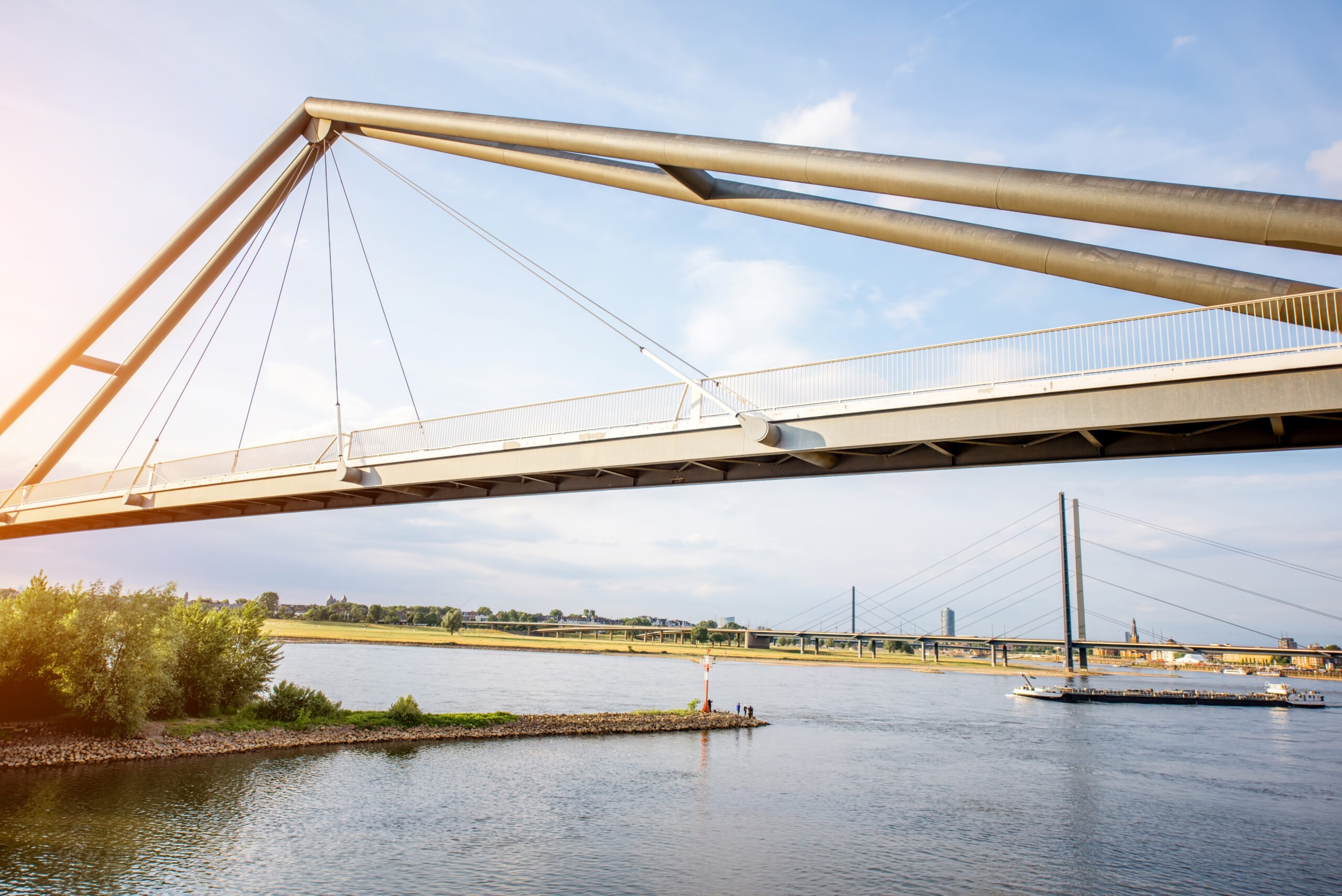Our bridges, tunnels, and public buildings are the arteries of our economy and society. Yet, much of this critical infrastructure, particularly in established industrial nations like Germany, is aging significantly. Decades of relentless service, increasing traffic loads, and environmental factors take their toll. Ensuring the safety and longevity of these vital assets presents an enormous challenge, often relying on traditional inspection methods that are costly, time-consuming, disruptive, and sometimes, tragically insufficient.
Visual inspections can miss hidden internal damage. Point-based sensors like strain gauges offer localized data but can be complex to install widely and may not capture the full picture of load distribution. Vibration analysis provides global insights but often struggles to pinpoint specific damage locations or quantify the actual forces structures endure. We need smarter, more direct ways to understand structural health in real-time. This is where advanced 3D force sensing technology, like that developed by Humatric based on patented principles, offers a transformative approach to Structural Health Monitoring (SHM).
First Principles: Structures Speak Through Forces
From first principles, the health, and integrity of any structure are fundamentally reflected in how it manages and distributes forces. Structures are designed to safely transfer complex loads – the constant dead load of their own weight, the dynamic and often multi-directional live loads from traffic or occupancy, and environmental pressures like wind or thermal expansion/contraction – through their components to their foundations.
Damage, degradation (like corrosion or material fatigue), or foundation settlement inevitably alters how these forces flow through the structure. Load paths may shift, stress concentrations can develop, and components like bearings or expansion joints may cease to function as designed, introducing unintended forces. Measuring these forces directly, accurately, and in all three dimensions provides the most fundamental insight into a structure’s current condition and how it’s changing over time.
Traditional SHM often measures the effects of forces – strain (deformation), acceleration (vibration), or acoustic emissions (cracking). While valuable, these are often indirect indicators. What if we could directly measure the true multi-axis forces at critical locations? This requires sensors capable of accurately quantifying not just vertical load (Z-axis), but also horizontal shear forces (X and Y axes), rotational moments (torque), and the precise point of load application (Center of Pressure – COP), even under dynamic conditions.
Humatric’s Technology: Direct Insight into Structural Behavior
Our patented sensor technology is engineered to capture this complete force vector. Utilizing specific configurations of load cells and intelligent mechanical designs that decouple forces, we can accurately measure simultaneous X, Y, and Z forces without the crosstalk that limits many conventional sensors. This capability unlocks powerful applications for SHM:
- Quantifying Real Traffic Loads: Forget estimations based on weigh-in-motion systems some distance away. Place 3D force sensors at bridge bearings or critical deck locations to measure the actual multi-axis dynamic footprint of heavy vehicles as they pass. This provides invaluable data for fatigue life assessment and load model calibration.
- Monitoring Bearing and Expansion Joint Health: These critical components accommodate movement and transfer loads. By measuring the 3D forces (including shear and potentially torque) acting on or through bearings and joints, we can detect anomalies like excessive friction, binding (“frozen” bearings), or uneven load distribution that indicate malfunction and could induce significant stress in the main structure.
- Detecting Load Path Changes: Damage like cracking, connection loosening, or foundation settlement forces a structure to redistribute loads. Continuously monitoring the 3D force distribution at key points and comparing it to baseline data or Finite Element models can provide early detection of stiffness changes indicative of damage accumulation, long before it becomes visually apparent.
- Assessing Thermal and Environmental Effects: Track the slow changes in 3D forces induced by daily and seasonal temperature cycles causing expansion and contraction. Monitor forces related to wind loading or potential settlement, separating these effects from live load impacts.
- Identifying Fatigue-Prone Details: By understanding the true multi-axis stress cycles experienced at critical connections or details (derived from direct force measurements), engineers can more accurately assess fatigue risk and prioritize inspections or retrofits.
- Integrated Vibration and Force Analysis: Our sensors can inherently capture vibration data alongside direct force measurements. Correlating the measured 3D force input (e.g., from traffic) with the resulting structural vibration response provides a richer dataset for modal analysis and damage detection algorithms.
Towards Predictive Maintenance and Resilient Infrastructure
The ability to directly measure 3D forces continuously transforms SHM from a reactive, periodic exercise into a proactive, data-driven strategy:
- Condition-Based Maintenance: Instead of fixed inspection schedules, maintenance interventions can be triggered by measured changes in structural behavior indicated by force data, optimizing resource allocation and reducing unnecessary downtime.
- Predictive Capabilities: By analyzing trends in force distribution, dynamic response, and bearing behavior over time, predictive models can be developed to estimate remaining service life and anticipate potential failures.
- Improved Safety: Early detection of anomalies and potential damage provides crucial lead time for interventions, significantly enhancing public safety.
- Validation of Digital Twins: Real-world, multi-axis force data provides essential ground truth for calibrating and validating sophisticated Finite Element models and structural “digital twins.”
- Extended Asset Lifespan: By enabling timely, targeted maintenance and preventing minor issues from escalating, effective SHM can significantly extend the operational life of critical infrastructure, deferring costly replacements.
Addressing the challenge of aging infrastructure, exemplified by the situation in Germany and many other nations, requires innovative approaches. We must move beyond traditional methods towards continuous, intelligent monitoring systems that provide direct insight into structural health.
Enabling Data-Driven Infrastructure Management
Safeguarding our vital bridges and public infrastructure demands robust, accurate, and insightful monitoring solutions.
At Humatric, leveraging Nur Engineering’s deep expertise and patented technologies in advanced 3D force measurement, we possess the know-how and technical solutions required for these critical structural health monitoring applications.
We are equipped to partner with engineering firms, infrastructure owners, and public authorities to develop and implement tailored monitoring systems that provide unparalleled insight into structural behavior, enabling safer, more efficient, and more resilient infrastructure for generations to come.

Leave a Reply